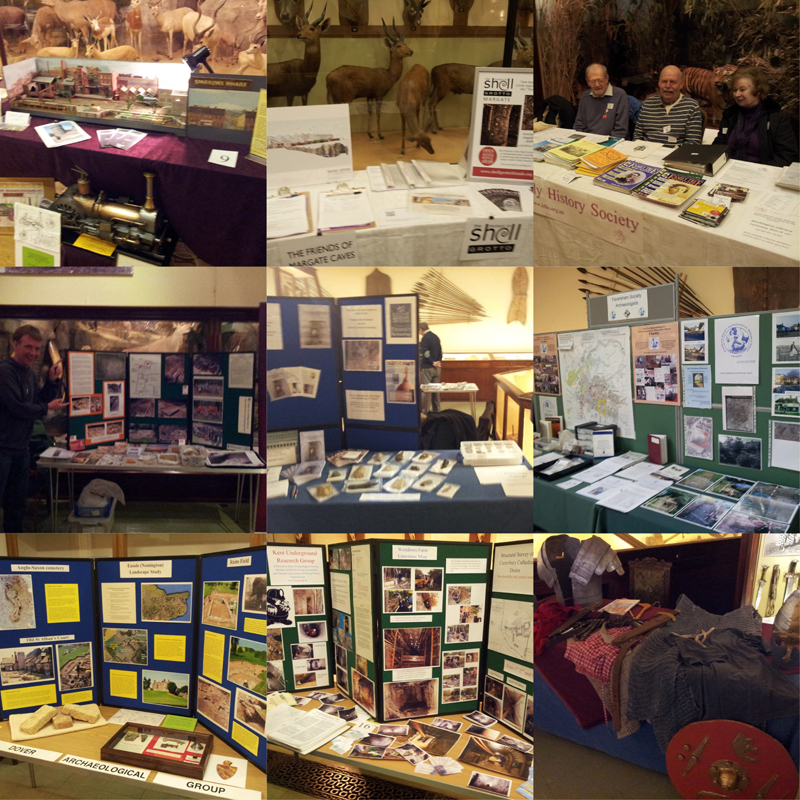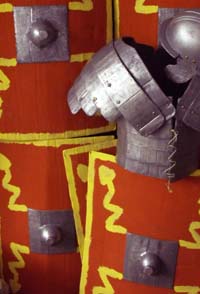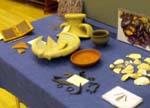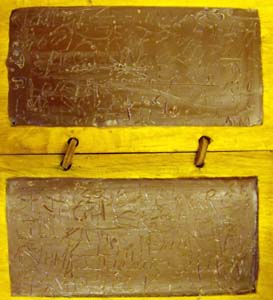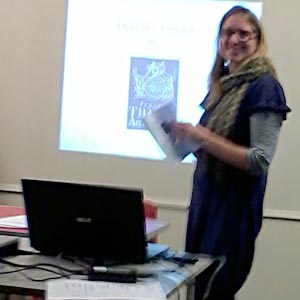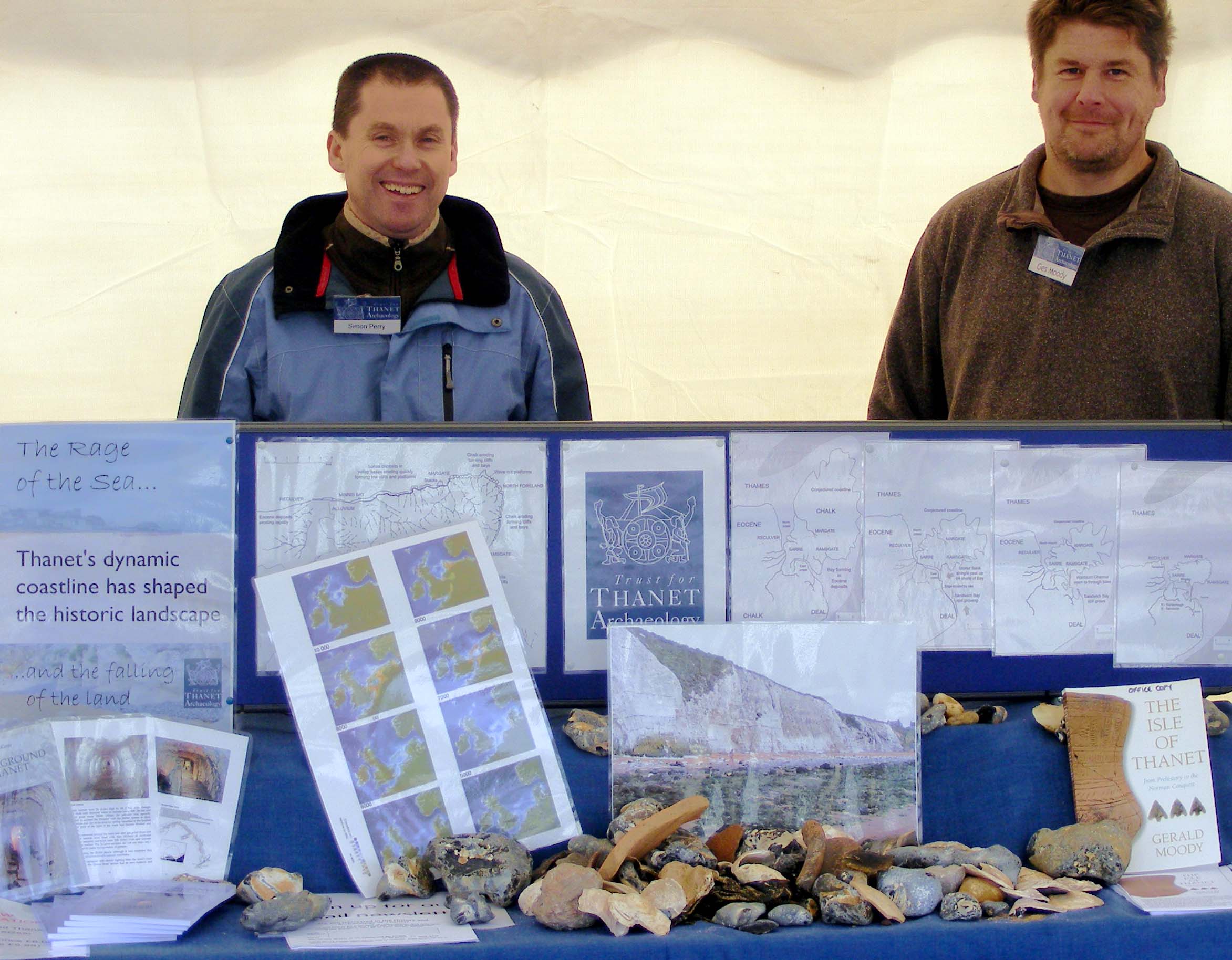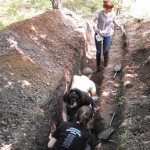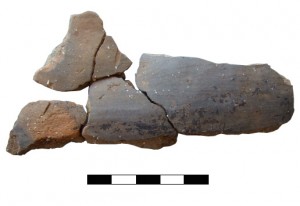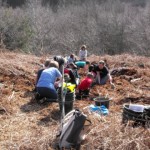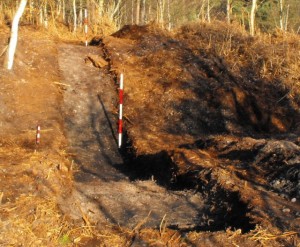Five years ago the Trust for Thanet Archaeology assisted with a research project to explore the Beaker population of Britain by identifying isotopes in the teeth of individuals who buried with beaker vessels in the Early Bronze Age.
The isotopes give clues to the diet and mobility of the populations, in attempt to find out whether people using Beakers in their burials were part of the general population, or had come to Britain in a new wave of migration from the continent.
Skeletons of Stone Henge, showing on Channel 4 0n Sunday 10th of March will be exploring some of the results of the research, and the implications to the history of our largest prehistoric monument, Stonehenge which may have been built by these Beaker using people.
The programme will include film of two Beaker period Skeletons excavated in Thanet by the Trust for Thanet Archaeology, and hopefully, some more information on their significance in the geral population.To find out more about the Beaker burials that have been found in Thanet, visit our Virtual Museum Beaker Gallery here: http://www.thanetarch.co.uk/Virtual%20Museum/2_Galleries/GBeaker%20Content/GBeaker_Intro.htm
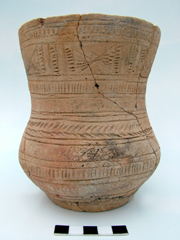
If you miss the programme on Sunday, follow this link to the programme website and watch it later!
http://www.channel4.com/programmes/secrets-of-the-stonehenge-skeletons
To find out more about the aims of the research follow this link to the Sheffield University research page: http://www.shef.ac.uk/archaeology/research/beaker-isotope
